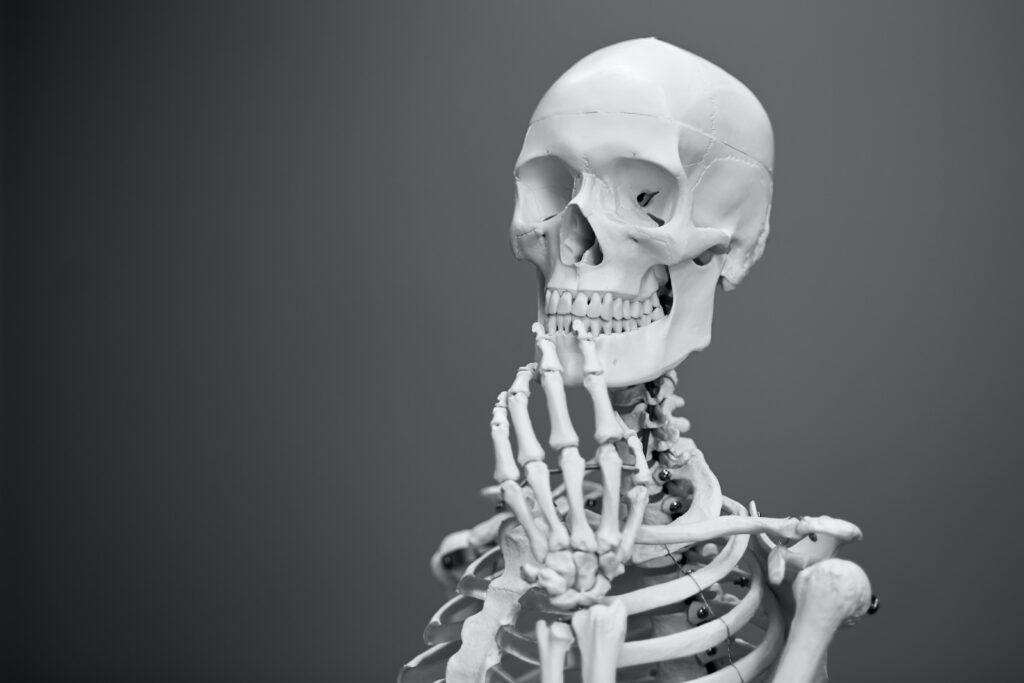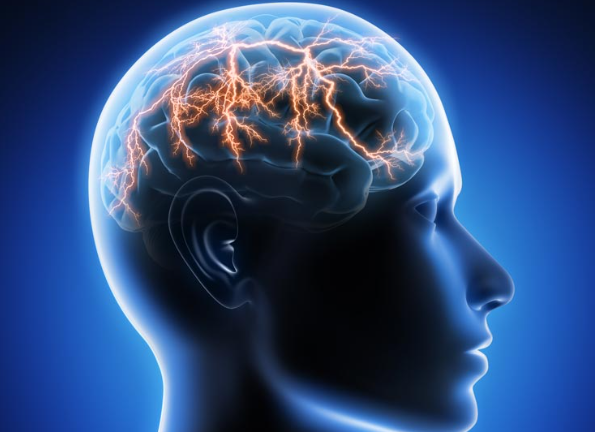What are the most important bones in the human body?

One would think that all the bones that make up the human body, which are a total of 206, are important, because each of them fulfills a specific function, but in reality they are new fundamental bones that we will detail below:
- The skull: It is located before the spine and is a bony structure that encloses the brain. Its function is to protect the brain and provide a site of attachment for facial muscles.
- The humerus: it is the bone that goes from the shoulder joint to the elbow joint. Its function is to connect the shoulder, with the elbow joint and later with the forearm. Since, the humerus is a bone provided with muscles and joints that allow the entire arm to be connected, so that we can move it, shake it, lift it, rotate it and perform all those movements that are humanly possible.
- The ribs: are the skeletal protection of the lungs and thoracic cavity. The ribs and their muscles expand and contract during normal breathing.
- The radius: is the lateral of the two bones, which makes the ulna the medial bone of the forearm. These bones are specially designed to allow for movements that are unique to the upper extremity, such as supination (movement of the forearm that turns the hand in and out and palm up or forward) and pronation (movement of the forearm that turns the hand from outside to inside and put the palm of the hand downwards or inside).
- The ulna: This bone, along with the radius and humerus, develops the elbow joint.
- The coxal: Serves as a connection from the trunk to the lower limbs, through the head of the femur. Involved in supporting body weight. It is a means of supporting the abdominal-pelvic structures.
- The femur is the long bone in the upper leg that connects the bones of the lower leg (knee joints) to the pelvic bone (hip joint).
- The tibia: It is a long bone in the leg that supports the weight of the leg, making it the second largest bone in the body after the femur.
- The fibula: long, thin, lateral bone found between the knee and ankle, supported by the tibia. This provides stability to the ankle, supports the leg muscles and supports a certain part of the body weight.






Responses